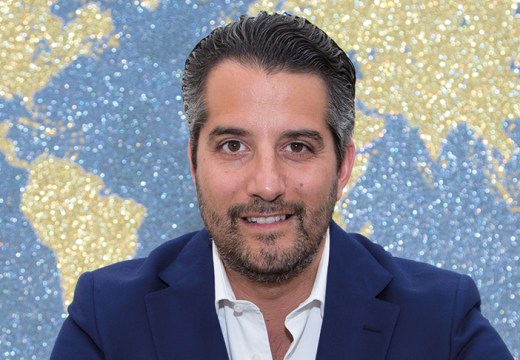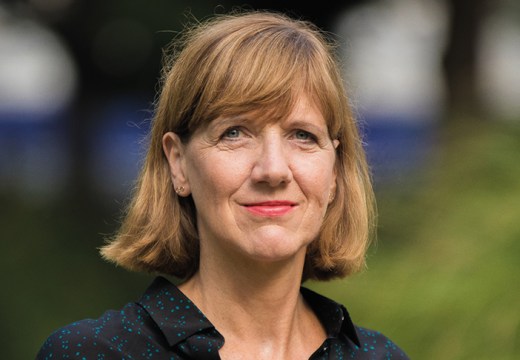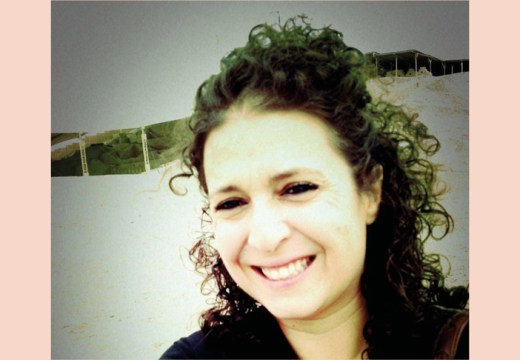Director, Abu Dhabi Art, Abu Dhabi and London
You’ve worked in the art world for some time now, with roles at the Saatchi Gallery and then Art International, Istanbul, before becoming the director of Abu Dhabi Art in 2016. But your first degree was in anthropology – a fitting subject for an art fair director, perhaps?
Yes, art fairs could happily be deconstructed through an anthropological lens: you could look at the basic relationships between artist, dealer and curator and what they mean for creativity, or at the hidden rituals of art fair goers, endlessly on a global circuit to see art everywhere, or at the total social phenomenon encapsulated in a fair – the economic, aesthetic, legal, and moral obligations and expectations. There are so many things you could draw out from the art fair environment. It would be fascinating: perhaps I’ll do it in my retirement.
Is there anything that you wished you’d known about the art market before you started working in it?
For younger people setting out on careers in the art world, I think the thing to know is that it’s all interconnected – that you’re part of a wider ecosystem, whichever part of the art world you start in. That means that you can move from curating to writing, or from a commercial role into curating. The important thing is to start somewhere and to meet people, to network, and then make your way to the part of the art world that most makes sense for you. My move into art fairs was about grabbing an opportunity when it came – you have to be unafraid to take a leap!
What were your priorities for Abu Dhabi Art when you were appointed?
The pace of change in Abu Dhabi over the last 10 years feels unique, in a global context – which is the result of the government’s commitment to investing in culture for future generations. When I was growing up in Abu Dhabi, the idea of a school visit to an art museum was unheard of. Besides the Al Ain National Museum [established in 1971], which houses archaeological and ethnographic objects, there were no museums to visit. Even when the fair started, more than a decade ago, the only significant exhibitions were at the Cultural Foundation. Bringing in the Louvre, bringing in the Guggenheim, also brought global conversations about art and about how Abu Dhabi could play a central role in it.
The fair had to adapt: in the early years, a lot of galleries came out to Abu Dhabi with the main aim of selling to the new museums, but gradually over the years what we’ve found is that people are making connections, with galleries picking up artists from the region or thinking about having exhibitions outside the fair. My key objective when I joined was to think about what kind of platform Abu Dhabi Art could be – how it could be an important part of an art ecosystem and ensure that people in Abu Dhabi are connected to global art networks.
In an increasingly crowded art fair calendar, how can the fair distinguish itself?
One of the key differences is that it’s organised by the Department of Culture and Tourism. The fact that there’s a department that brings those things together is a sign of how Abu Dhabi wants to encourage cultural tourism and attract visitors to the museums, the architecture, the historic sites. The fair isn’t run by a commercial enterprise: we need to wash our face commercially, but the main driver is how we can contribute, how we can serve the art community in the UAE. That’s a wider remit than a traditional art fair might have.
Does the UAE have what it takes to become a major art market hub?
In my view, that’s not the right strategy. We have some amazing collectors with beautiful collections, but they make fewer speculative acquisitions than collectors elsewhere. Comparing an art fair in Abu Dhabi to one in New York or London is like comparing apples and pears. We don’t need to be defined by the West, we need to define ourselves.
It’s much more interesting to see what else we can do to support art and culture, and promote the impact they can have on people’s lives. One thing the fair tries to do is enable artists to have careers by selling works and having shows. For a younger artist who wants to show their work, the fair and the year-round programme are the perfect platform, providing a network and exhibition spaces for those artists who aren’t yet at Louvre Abu Dhabi level. What collectors and curators actually want from fairs, I think, is that sense of discovery, of finding artists you might not have come across before and then falling in love with their work.
What can you do to build the collector base in the region?
We do a lot of outreach. Collector groups from all over the world come to Abu Dhabi, looking to discover art from the UAE and the region. This year we’re doing a special focus on art from China and India, as a lot of tourists come to Abu Dhabi from those countries and we want to connect with them.
The fair does have local patrons with very serious collections that they’ve built up over many years. But we also try to encourage new collectors, with things like pop-up gallery shows during the year, and a small version of the fair with 10 galleries in the spring, where we ask participating galleries to bring works under a certain price point. I think it’s easier, if you haven’t spent a great deal on art in the past, to start at a lower price point and build up confidence before you think about making a larger commitment.
See more 40 Under 40 Middle East Business
Unlimited access from just $16 every 3 months
Subscribe to get unlimited and exclusive access to the top art stories, interviews and exhibition reviews.








